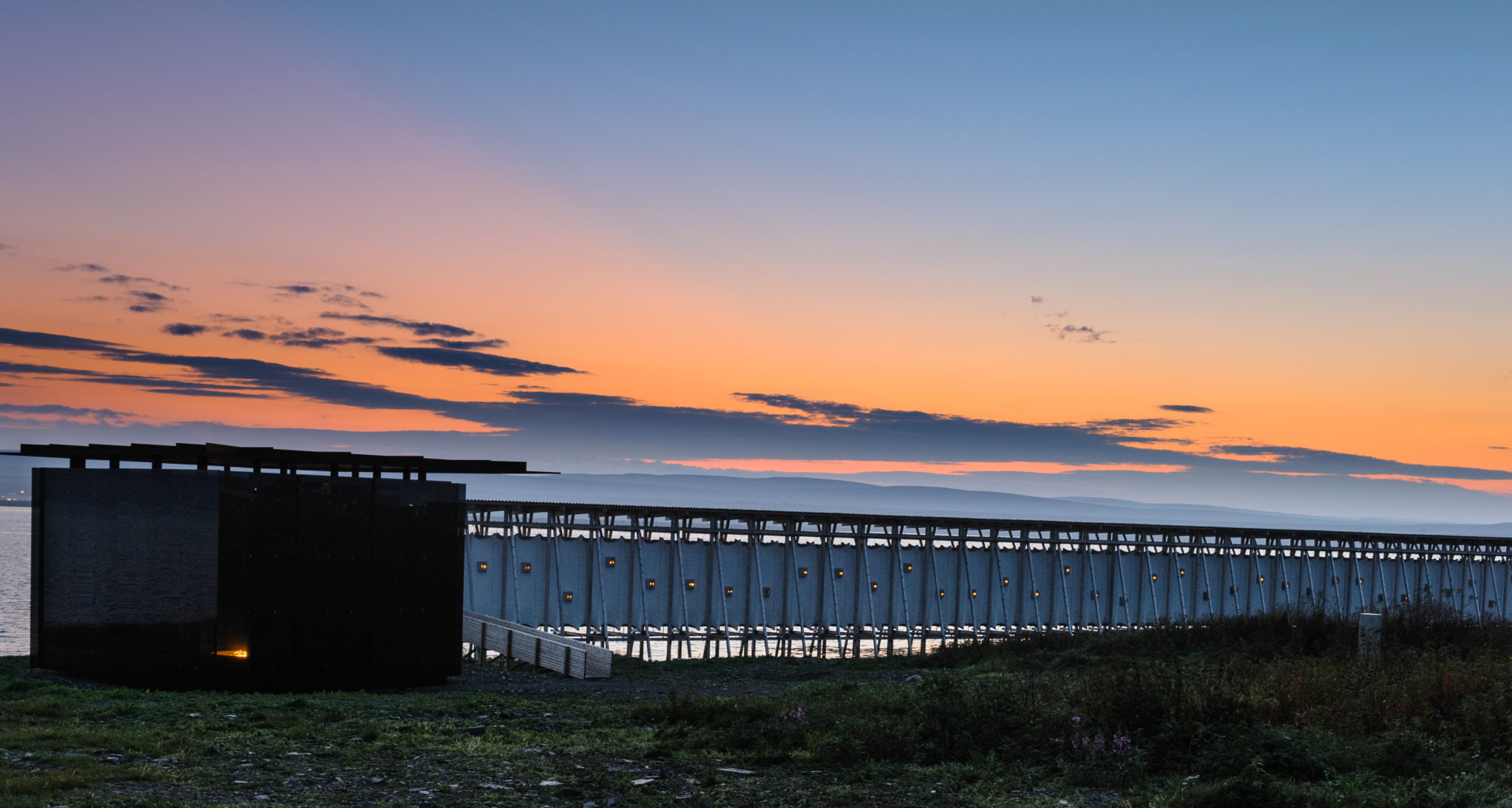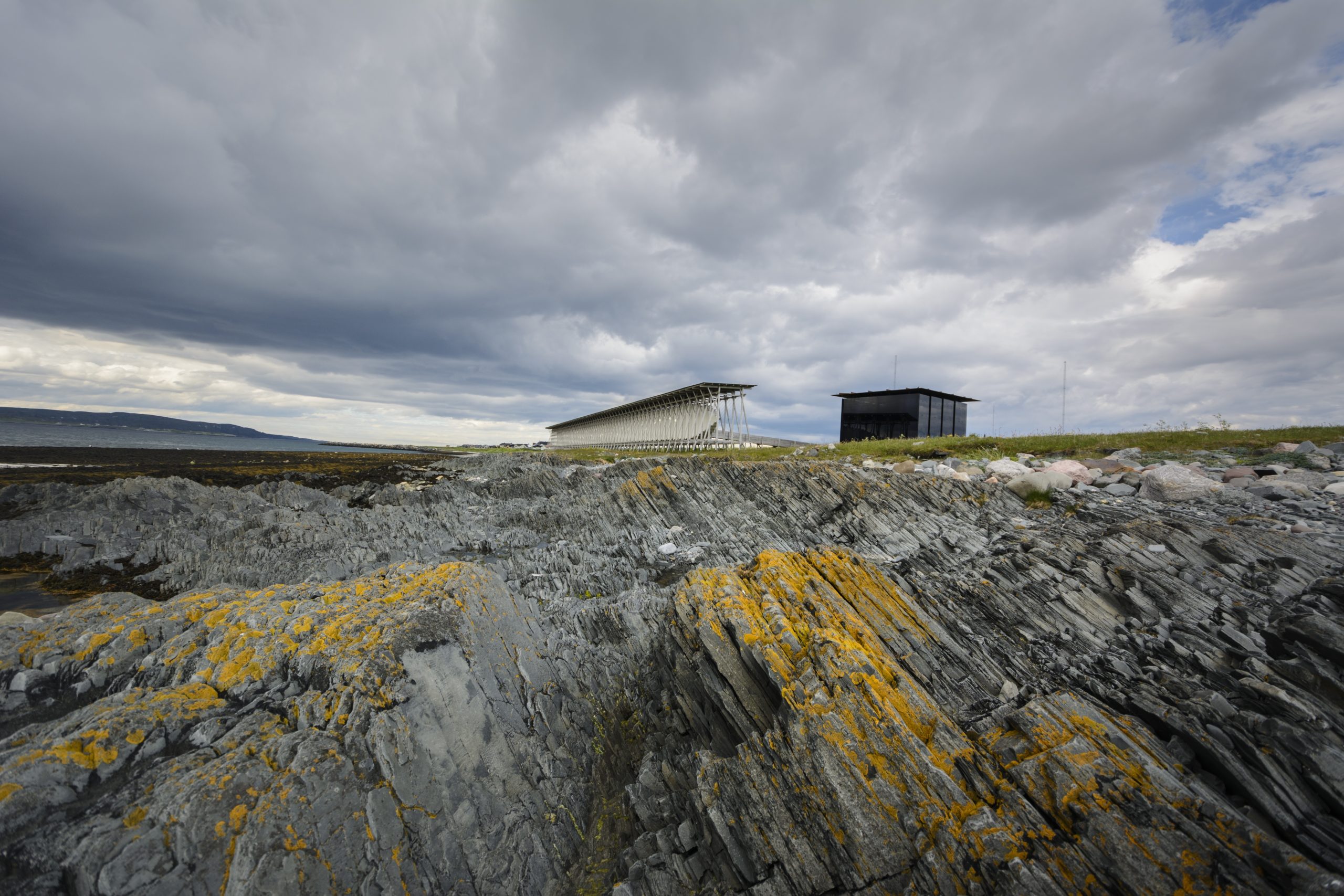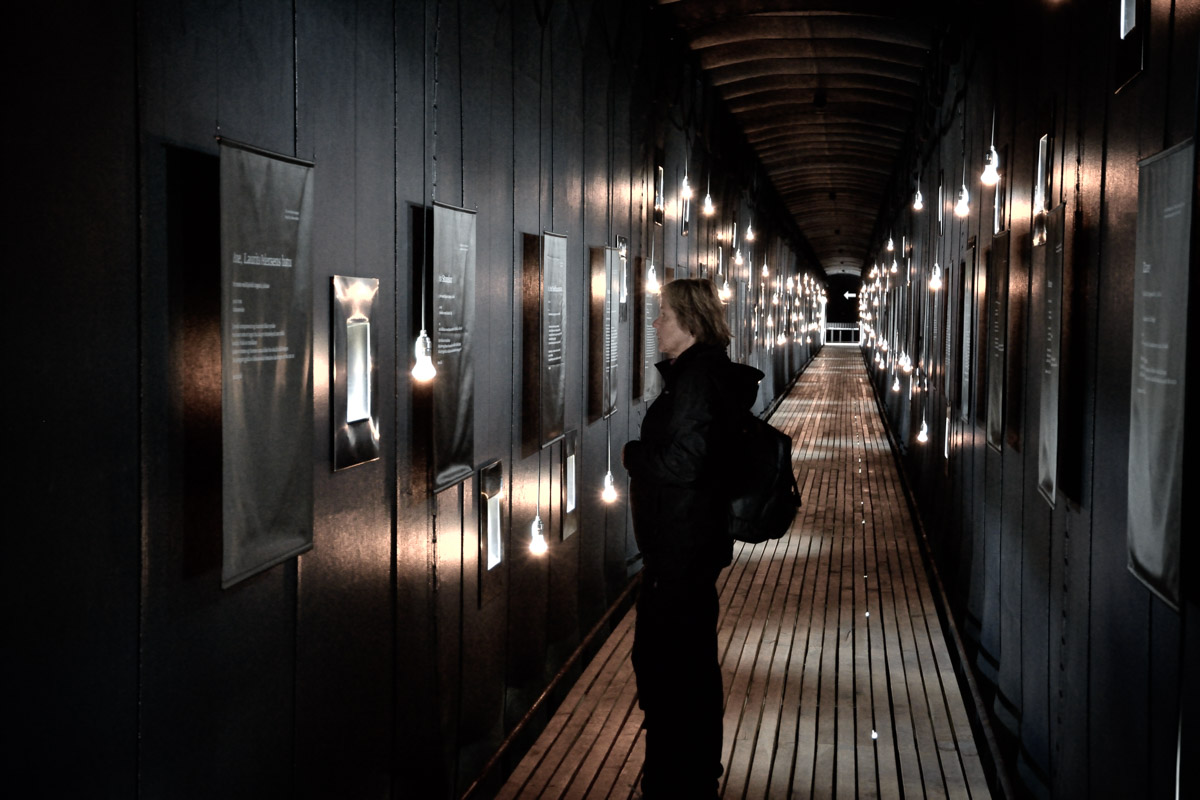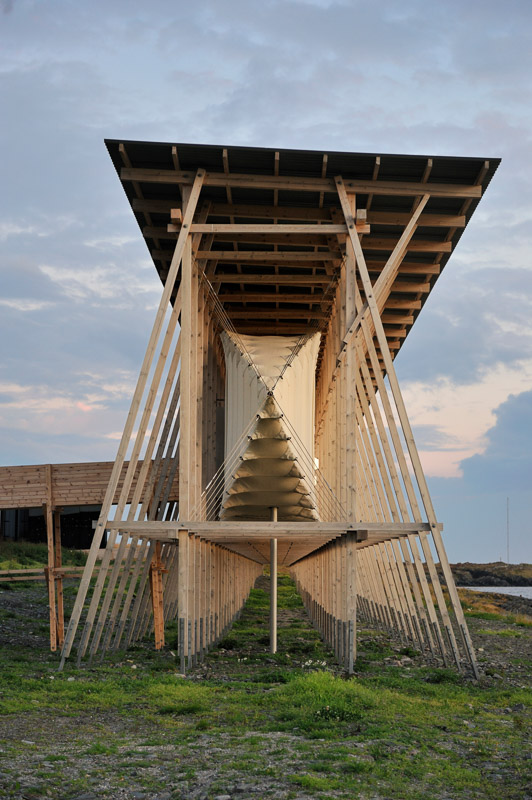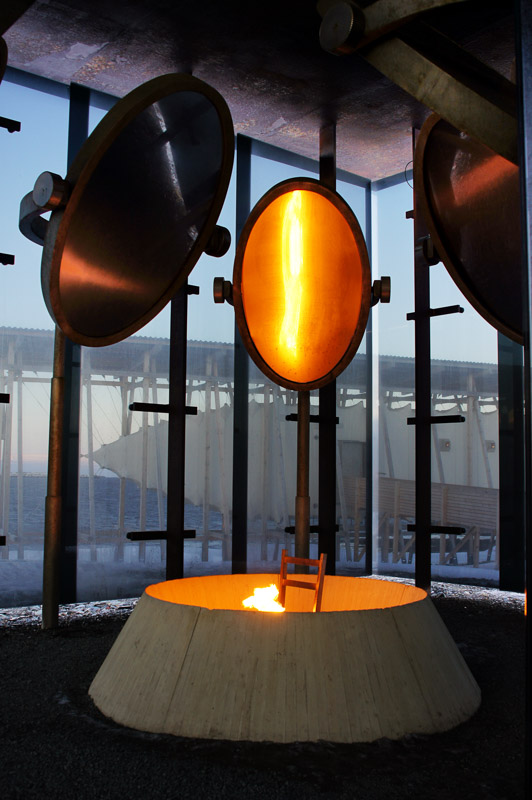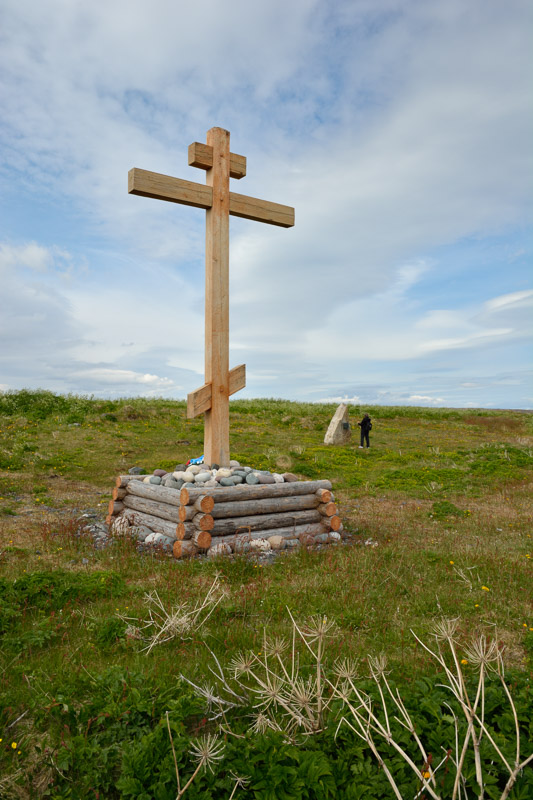The Witches’ Memorial in Vardø takes us back to a gruesome period in European history and into the darkest recesses of the human mind. The Steilneset Memorial was erected in memory of 91 victims of the witch trials held in Finnmark during the 17th century.
The Steilneset Memorial, often called the “The Witches’ Memorial”, is a monument to 91 people who were burned as witches during the period of 1600 to 1692 in Vardø. The memorial consists of a building, designed by Swiss architect Peter Zumthor, and the “Flammehuset” artwork featuring a sculpture by the Franco–American artist Louise Bourgeois.
The witch trials were a European wide phenomenon
The witch trials were a pan-European phenomenon and, from the 15th century through to around 1750, up to 100,000 people were prosecuted or suspected of being witches, and maybe 40-50% of them were found guilty and burded as witches. Most of them were burned in Germany and Scotland. However, relative to the population, a large number were burned in Finnmark, perhaps more than anywhere else in the whole of Europe. The reasons for this are complex and not entirely clear. Perhaps the idea that some people were secretly working with the devil resonated more in remote fishing villages that experienced storms and bad weather. The witches came from both the Norwegian fishing villages and the Sami settlements. They were taken to Vardø for a summary trial. If there was any doubt as to the question of guilt, the suspect was thrown into the sea. If she floated, she was a witch. The water test was used in around a third of the trials held in Finnmark.
The Damned, the Possessed and the Beloved
The sculpture by the Franco–American artist Louise Bourgeois’ (1911–2010) entitled “The Damned, the Possessed and the Beloved” is a perpetual flame that projects through a steel chair, which in turn is placed inside a hollow concrete cone. The flames are reflected by seven circular mirrors, like judges surrounding the accused. The entire installation is housed in a black glass cube. Writer Donna Wheeler observed that “the perpetual flame – that old chestnut of commemoration and reflection – here is devoid of any redemptive quality, illuminating only its own destructive image.” The Steilneset Memorial does not give the visitor peace. It stirs fear and gives an insight into the darkest sides of human nature.
The memorial building is a shrine to those executed
The memorial building consists of a long structure made of a pine scaffold. Between the supporting poles hangs a cocoon made of wood that houses a black, 125-metre (410-foot) long corridor, lit by 91 small windows, one for each of the victims. On the walls inside are 91 plaques, one for each victim. Liv Helene Willumsen of the University of Tromsø wrote the simple texts that summarise the little information we have about each trial. Lisebeth Nilsdatter from Gamvik freely confessed in 1621 that she had renounced her God, attended meetings in Omgang involving drinking and dancing, and cast spells over ships. Ingeborg, Peder Krogh’s wife, denied the accusations at first, but floated like a cork during the water test. She then confessed to poisoning fish for a neighbour. She was tortured to death. In 1663, Margrete Jonsdatter confessed to attending gatherings involving dancing, drinking and card games with Satan on one St. John’s Eve in Domen. In 1678, Synnøve Johannesdatter was convicted of casting a spell on a goat and causing the illness from which Anders Jensen died.
Your neighbour could report you
The registers of sins cover the sins of poisoning food, casting spells on domesticated animals, causing disease and death amongst people and casting spells on people. Meetings with Satan and gatherings involving drinking, dancing and card games on Domen mountain outside Vardø were also frequent occurrences. One wonders what the mood was like in the small coastal villages of Finnmark during the 17th century, and what fear the people must have felt for the devil. Accusations were often made by neighbours. Most of those convicted were women, but some were men.
Steilneset monument is found on Vardø
The witches monument is just a short walk from the centre of Vardø, on the same side as Vardøhus Fortress and the quay where the boats depart for Hornøya. Vardø is a historic town and a traditional fishing village in the far north-east of Norway. It is situated along the Scenic Route Varanger and can be reached by air or Hurtigruten ships from Kirkenes.

Want to visit the Witch Memorial in Vardø?
Visit Varanger informs about Varanger, including Vardø
